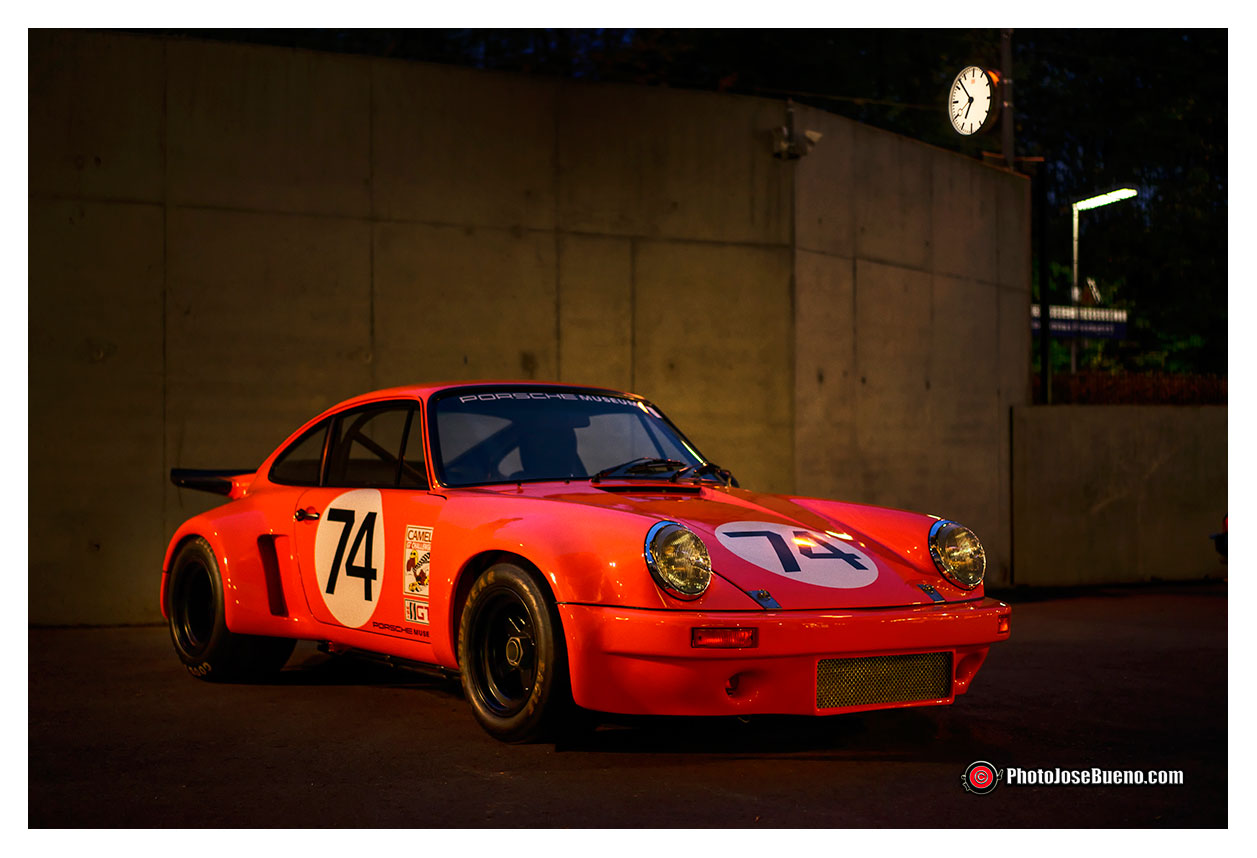
Sony ILCE-7R – Carl Zeiss 55 f:1.8 ZA – 1/60s – f:1.8 – ISO 250
Hace años, un buen amigo pintor y crítico de arte me hablaba de la importancia del porcentaje de inspiración y transpiración que se emplea en una obra de arte. Evidentemente según su criterio y también el mío, posiblemente es mucho mejor obra aquella que se hizo con más porcentaje de inspiración que de transpiración.
Pues bien, dicho esto, cuando un pintor realiza su obra, él, y solo él, es responsable de cada pincelada donde, como y porqué la ha dado. En fotografía muchas imágenes surgen y son buenas por su fuerza del momento y lo que muestran independientemente de su calidad o medios que se hayan dedicado.
El problema surge cuando tienes que realizar una o varias imágenes por encargo o para un medio, con distintas premisas e incluso con la creatividad ya más o menos impuesta.
En este tipo de trabajos por supuesto que a veces surge la creatividad por parte del fotógrafo y muchas veces por más que esté todo planificado, hay que improvisar y eso a veces se convierte en un aliado o en todo lo contrario.
Pero …, que tiene que ver todo esto con el título de esta entrada?
Seguramente me será más fácil contar alguna de mis experiencias en el mundo editorial para luego enlazar con la eterna discusión del retoque y postproducción si o no.
Hace unos meses, viajamos al Porsche Museum en Stuttgart, Alemania, con la idea de hacer tres reportajes en tan solo dos días para la revista 9republic. En la experiencia que voy a relatar, teníamos que ilustrar la Porsche Sound Nacht, un curioso evento, en el que en una de las salas del Museo, ante algunos invitados privilegiados, ponían en marcha los coches más míticos de la marca.
Por suerte la Directora que nos atendió, nos invitaba a ver la trastienda donde se estaban haciendo los preparativos de esas piezas tan especiales y admiradas por cualquier amante del mundo del automóvil.
Ya en el patio posterior, era tanto lo que allí había, que mi cabeza tuvo que poner orden de que y como tenía que trabajar. El tiempo era limitado, la luz empezaba a ser escasa y afortunadamente llevaba la Nikon D4 capaz de trabajar apenas sin luz y la Sony A7R con sus 36Mb de calidad, ah! y un buen trípode de carbono.
Como todo era improvisado, decidí hacer fotos con planos en los que los ingenieros y mecánicos de Porsche tocaban con mimo cada coche. También di rienda suelta a la creatividad con alguna foto de unos espejos que hay situados en el techo del patio, algo que me copiaron otros fotógrafos y que he visto publicada en algún sitio. Adiós creatividad!
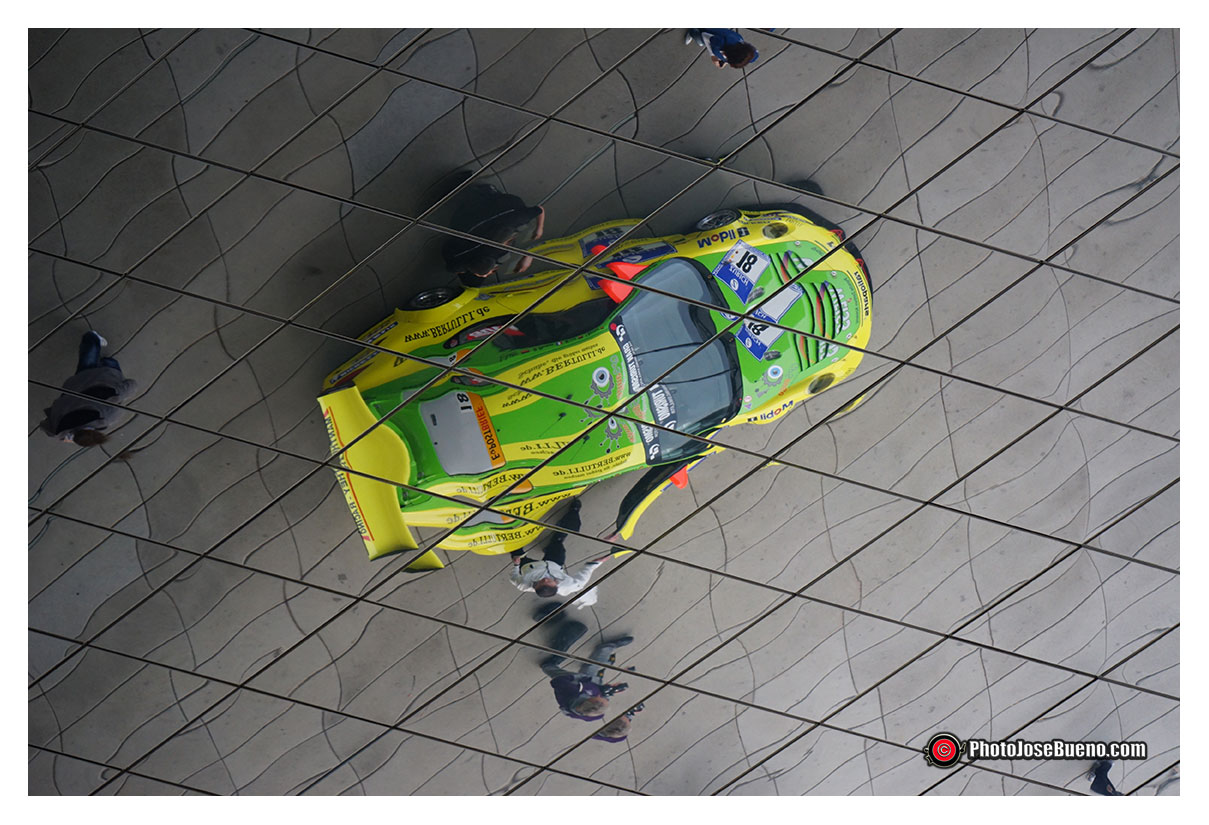
Sony ILCE-7R – Sony FE 28-70 OSS – 1/70s – f:5.6 – ISO 1250
Pero también era consciente que lo más importante eran los coches e intenté sacar imágenes con más de uno totalmente aislado.
Ya en el hotel, siempre antes de descansar, suelo hacer copia de todas las imágenes pasándolas a un ordenador portátil y por supuesto revisarlas.
En la imagen situada al principio de esta entrada, realice tres fotos con distintas exposiciones e incluso en la más subexpuesta, el reloj aparecía con sobreexposición, algo que pensé se podría recuperar luego con el retoque.
Ante la duda, hice una foto con el móvil del reloj con su ángulo y posición para ver si al día siguiente localizaba uno igual que el de la foto. A fin de cuentas tenía que tomar un tren para desplazarme de Stuttgart a Düsseldorf para luego tomar el vuelo hacia Madrid y el reloj que aparecía en la foto era el de la estación de tren Porsche Museum.
 Justo antes de entrar a la estación principal de Stuttgart, vi un reloj idéntico al de la foto. Saqué la cámara de bolsillo y le hice cuatro o cinco fotos.
Justo antes de entrar a la estación principal de Stuttgart, vi un reloj idéntico al de la foto. Saqué la cámara de bolsillo y le hice cuatro o cinco fotos.
Cuando llegué a Madrid, pasé las fotos a la persona que me ayuda con el tema retoque y le comenté que aparte del “revelado” con los típicos ajustes de color, luz etc, pedí que sustituyese la esfera del reloj por una de las que hice por la mañana. El resultado fue el que ves en la imagen publicada.
Para algún observador entendido, es posible que se hubiese dado cuenta del enfoque del reloj en comparación con lo que está en el mismo plano y por supuesto que eso es muy fácil de haberlo arreglado pero cuando el retoque y la postproducción están bien hechos, esos detalles no se notan tanto como las famosas fotos que circular con alguien que le falta una mano o una pierna.
En mi opinión, tanto el retoque como la postproducción son casi siempre necesarios, al menos en el mundo editorial, pero recuerda que siempre la inspiración es más importante que la transpiración y el retoque casi siempre lleva muchas horas de trabajo.
A continuación expongo algunas fotos también publicadas en la última revista 9republic, como reto a que averigües donde está el truco del retoque. ¿Te atreves?
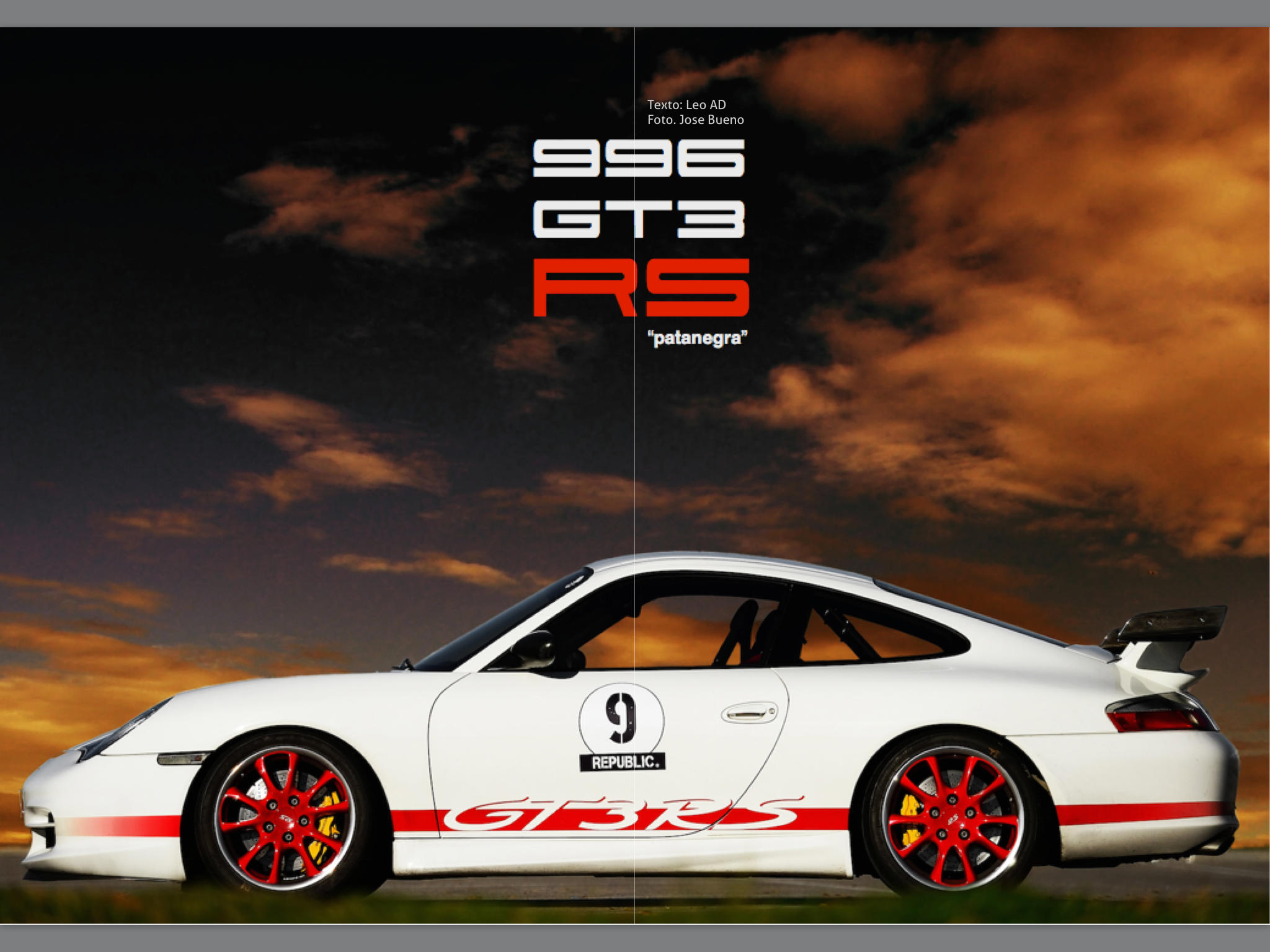
Publicada en la revista 9REPUBLIC (número 8)
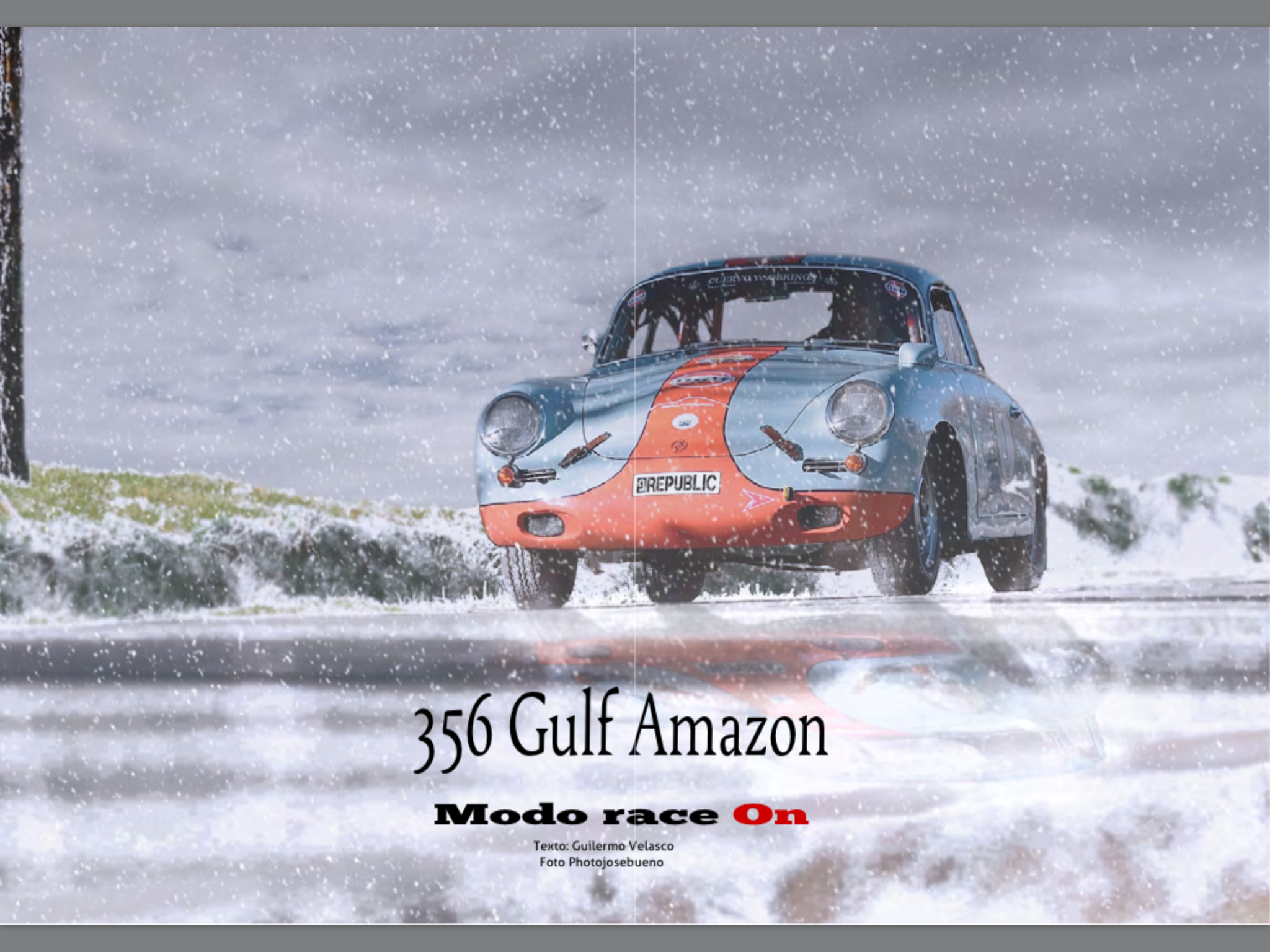
Publicada en la revista 9REPUBLIC (número 8)
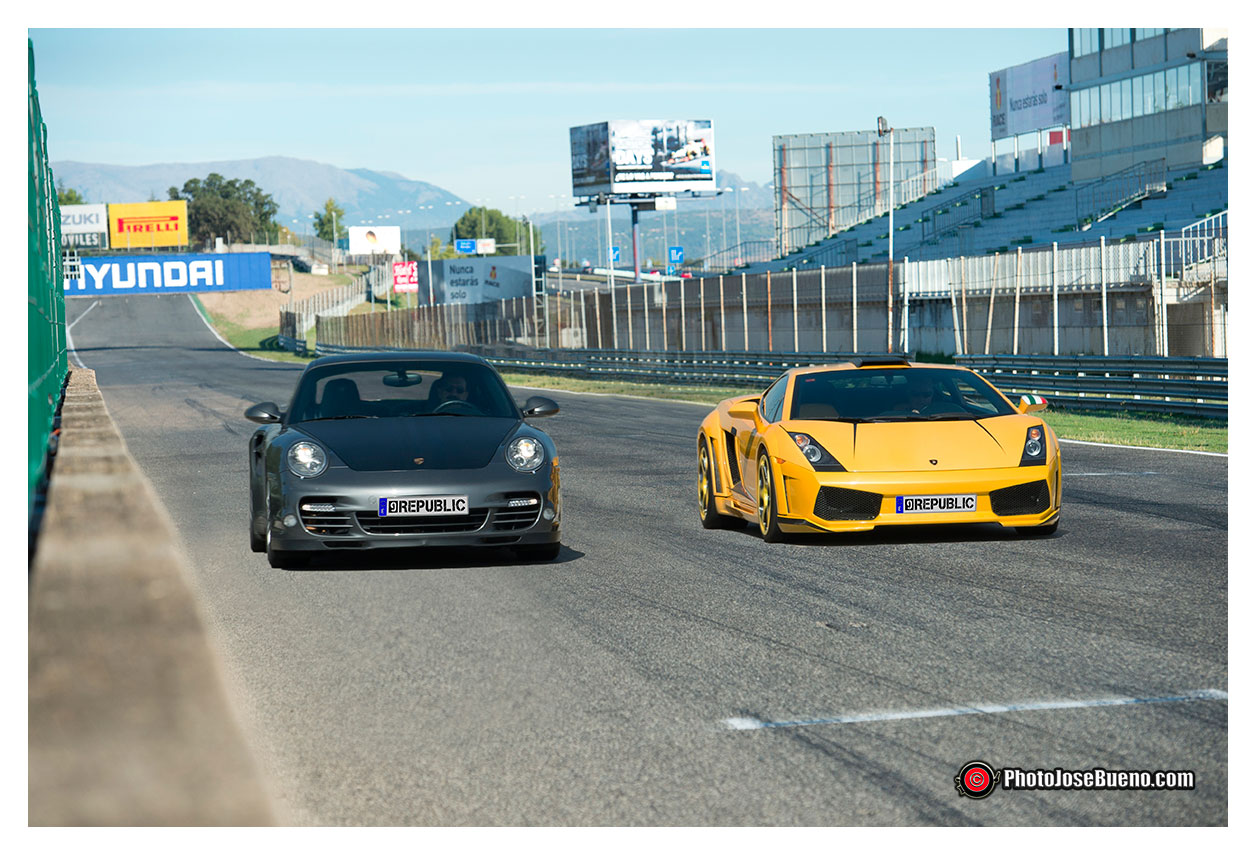
Publicada en la revista 9REPUBLIC (número 6)
The retouching and postproduction
Years ago, a good painter and art critic friend told me about the importance of percent inspiration and perspiration that is used in a work of art. Obviously its discretion and mine, possibly better work that was done with highest percentage of inspiration perspiration.
Well, that said, when a painter does his work, he, and he alone is responsible for each stroke where, how and why he has given. In photography many images arise and are good for their strength when and what they show regardless of quality or means have been dedicated.
The problem arises when you have to perform one or more images on request or for a medium with different assumptions and even creativity more or less imposed.
In this type of course work that sometimes the creativity of the photographer and often arises even though everything is planned, you have to improvise and that sometimes becomes an ally or opposite.
But what does all this with the title of this post?
I’ll probably be easier to tell some of my experiences in the publishing world and then connect with the eternal discussion of retouching and postproduction yes or no.
A few months ago, we traveled to the Porsche Museum in Stuttgart, Germany with the idea of three reports in just two days 9republic magazine. In the experience I am about to relate, we had to illustrate the Porsche Sound Nacht, a curious event, in which one of the Museum, with some privileged guests, put up the most legendary brand cars.
Luckily one Director who greeted us, inviting us to see the back room where they were making preparations of these pieces so special and admired by any lover of the automotive world.
Already in the backyard, was both what was there, my head had to bring order to what and how he had to work. The time was limited, the light was becoming scarce and luckily I had the Nikon D4 barely able to work without light and Sony A7R with 36Mb quality, ah! and good carbon tripod.
As everything was improvised, I decided to take pictures with planes in which engineers and mechanics Porsche lovingly touched each car. I also gave free rein to creativity with a picture of mirrors there located on the roof of the courtyard, which I copied other photographers and I’ve seen posted somewhere. Goodbye creativity!
But it was also aware that the most important were the cars and tried to take pictures with more than a totally isolated.
Back at the hotel, always before resting, I tend to back all images passing them to a laptop and of course revision.
In the image at the top of this post, make three pictures with different exposures and even in the most underexposed, overexposed clock appeared, something I thought could then recover retouching.
When in doubt, took a picture with mobile watch your angle and position to see if the next day localized one like the photo. In the end I had to take a train to commute from Stuttgart to Düsseldorf and then take the flight to Madrid and the clock in the photo was to the train station Porsche Museum.
Just before entering the Stuttgart main station, I saw a picture identical to watch. I took the camera pocket and gave him four or five photos.
When I arrived in Madrid, I spent the photos to the person who helps me with retouching issue and told him that apart from the «revealed» with typical settings for color, light etc, ordered it to replace the watch for one that did in the morning.
The result was what you see in the image shown.
To any who understand observer, you may be had realized the clock approach compared to what is on the same plane and of course that’s very easy to have fixed but when retouching and post production are well made, these details not noticed much as the famous photos circular someone missing a hand or leg.
In my opinion, both the retouching and postproduction are almost always needed, at least in the publishing world, but remember that inspiration is always more important than perspiration and retouching usually takes many hours of work.
Below I discuss some photos also published in the latest issue 9republic, as a challenge to find out where the trick is retouching. You dare?